Secondary & Stabilizing Muscles
Secondary & Stabilizing Muscles
Secondary muscles and stabilizer muscles
When doing an exercise, all our focus is on the main muscles targeted by the exercise or the Target Muscles, while there are other muscles that contribute greatly to movement and do not receive full attention during the exercise, which are the secondary or support muscles and the stabilizing muscles.
To fully understand the topic, we must begin by understanding the different roles of skeletal muscles during movement.
Classification of muscles according to movement
Based on the movements you perform, muscles can be classified into four types:
1. Agonists
The retractor muscle provides the main force for movement. For example, when bending the elbow it is the biceps muscle that plays the role of the riser.
2. Antagonists antagonist muscle
In the previous example, the biceps muscle is the antagonist and the triceps muscle is the antagonist. At a time when the retractile muscles contract, the antagonist muscles are in a relaxed state.
3. The Synergistic or Secondary muscles
The servo muscles are the ones that stabilize the joint around which the movement is rotated and thus support the riser muscle during the movement. In the previous example, the humeral muscle and the brachioradialis muscle and brachialis are the secondary muscles.
4. Stabilizing Muscles or Fixators
These muscles are responsible for stabilizing the origin of the receptor muscle and the joint around which this origin revolves. In the previous example, the rotator cuff muscles are responsible for the role of stabilizing muscles.
Now let's move on to a detailed explanation of the servo muscles and the stabilizer muscles.
Firstly the secondary or servo muscle
All muscles of the body can act as support muscles depending on the type of exercise and the target muscles of the exercise. The servo muscles do not directly contribute to movement, but they are necessary to maintain the balance of the body while the core muscles are doing exercises.
For example, while doing bench exercises, the deltoid muscle acts as a support muscle, while the pectoralis major and triceps play the role of the advancing muscles.
Another example, when doing pull-up exercises, we find that the tensimus muscle is latissimus dorsi and teres major, while the servo muscle is the triceps.
Thus, all muscles can play the role of supporting muscles with different exercises.
What is the importance of secondary or servo muscles?
There are four main benefits of muscle servo.
1. Avoid injury
While performing various exercises, the four types of muscles work in close coordination to carry out the exercise efficiently. For example, when doing the Barbell Back Squat, the quadriceps, hamstrings and gluteus maximus muscles do most of the work to lift the weight and carry out the exercise while the gluteus medius maintains the balance of the pelvis and buttocks and thus plays the role of the support muscle without which I would disrupt Balance and thus increase the risk of injury. Also, the stronger the stabilizing or supportive muscles, the less stress that can affect the joints and ligaments. Studies show that warming up before soccer matches, for example, stimulates secondary muscles and protects against injury by up to a third.
2. Increase the strength of exercises
Strong servo muscles increase the muscles' ability to increase loads during exercises. Sometimes the target muscles of the exercise are not as important as the servo muscles. For example, most back exercises require a strong core in order to better target your back muscles. If the fixative muscles are weak, it will be difficult to overload the muscles.
3. Inclusion of the entire body in exercises
Any exercise includes not only the target muscles but the entire body. The stronger the servo muscles, the more effect the exercises will have on the rest of the body. Strengthening your proven muscles is essential to getting the ideal shape you want from exercising and increasing loads.
4. Improve balance and coordination
The higher the secondary muscle strength, the greater the coordination between the muscles and the better the balance between the different parts of the body. For example, when you are doing an exercise on one side of the body you want the rest of your body to be more stable and balanced. Several studies have been conducted to clarify the role of secondary muscle strengthening in improving balance and coordination between body parts. (1, 2, 3, 4, 5, 6)
How do you strengthen the servo muscles?
There are three ways in which you can strengthen your servo muscles.
1. Free weights
Exercising with free weights is one of the main methods of strengthening servo muscles. Unlike machines, free weights require consideration of the weight used and its range of motion. Free weights enable you to move the load from one place to another, whether forward, back or side, unless you install and control it.
Most trainees overlook this fact that they are not strong in some exercises. For example, you find that a trainee can do push-ups but cannot bear to do squats exercises because of the weakness of the supporting muscles and not being trained to move from one exercise to another efficiently.
Another point is that you should use dumbbells as well as weightlifting. Dumbbells depend on your stability on each limb and thus is very suitable for correcting any imbalances in balance and body coordination.
One of the studies also showed that the use of free weights is beneficial for leg muscle strength, triceps, and balance when compared to using machines. The study indicated that training machines are indispensable, but the use of free weights is also necessary.
Hence, if you want to build an athletic fit you have to
 Arabic
Arabic
 English
English


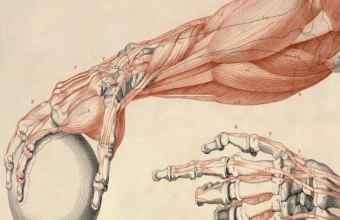
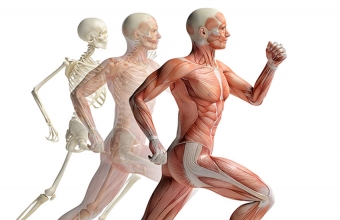
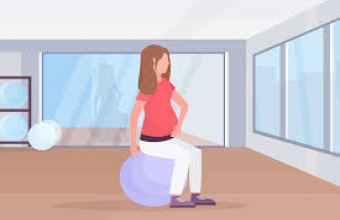
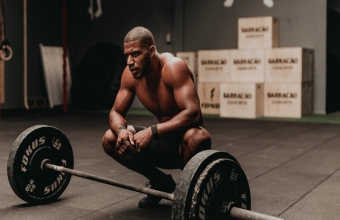
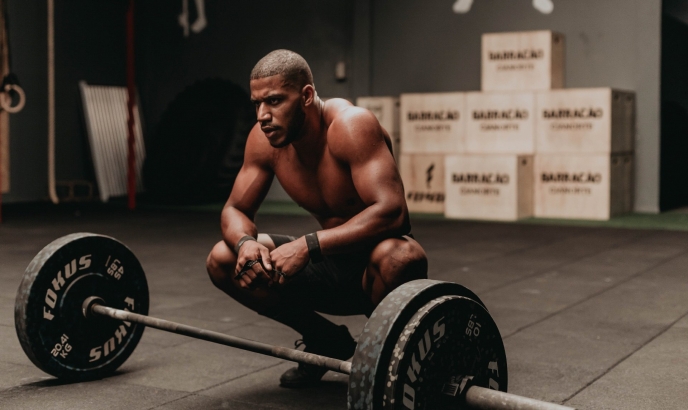
يوسف احمد
07 Jan2021 08:11 pm
لم افهم المقالة بشكل كامل يجب انا اراجعها